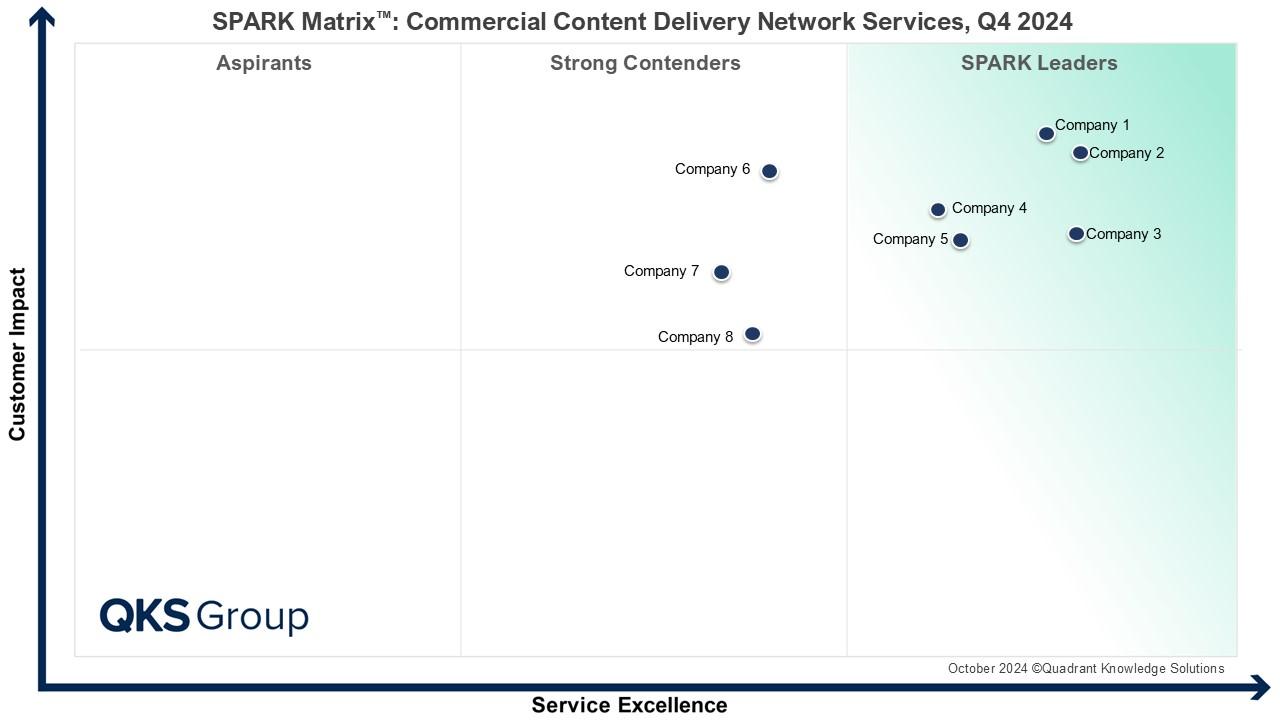SPARX MATRIX: Why CCDNs Are Essential for Cloud and Web-Based Applications

In today’s digital-first world, where seamless user experiences and instant access to content are expected, Commercial Content Delivery Networks (CCDNs) have become an essential part of online infrastructure. Whether it’s streaming high-definition videos, running global e-commerce platforms, or delivering dynamic web applications, CCDNs play a critical role in ensuring that users receive content quickly, securely, and reliably—no matter where they are in the world.
What is a Commercial Content Delivery Network (CCDN)?
A Commercial Content Delivery Network (CCDN) is a globally distributed network of servers strategically positioned across multiple data centers. Its primary purpose is to deliver digital content—such as web pages, images, videos, and other assets—efficiently by caching copies of data at edge locations close to end users. By minimizing the distance that data must travel, CCDNs significantly reduce latency, ease server load, and enhance content delivery speed.
This distributed approach ensures that instead of a user’s request traveling all the way to a central server, it’s routed to the nearest CDN edge node, resulting in faster load times and a smoother experience.
Key Features of CCDNs
- Global Edge Server Distribution
CCDNs deploy servers in multiple geographical regions to bring content closer to users. This global reach ensures minimal latency and consistent performance across continents. - Content Caching and Optimization
Cached copies of static and dynamic content at edge servers allow faster access, reducing reliance on origin servers and minimizing bandwidth consumption. - Load Balancing and Failover
CCDNs intelligently distribute traffic to prevent overload on any single server. If a server fails, requests are automatically rerouted, ensuring uninterrupted availability. - Scalability and Traffic Management
These networks handle sudden spikes in traffic, such as during major product launches, live events, or viral content, without compromising performance. - Enhanced Security
CCDNs integrate advanced security features, including DDoS protection, SSL/TLS encryption, and Web Application Firewalls (WAFs), safeguarding websites and applications from cyber threats.
Benefits of Implementing a CCDN
- Reduced Latency: By serving content from the nearest server, CCDNs minimize data travel distance, improving response times.
- Improved User Experience: Faster load times and consistent performance enhance user satisfaction and engagement.
- Server Load Reduction: Caching at edge nodes reduces strain on origin servers, improving infrastructure efficiency.
- Global Reach: Businesses can deliver consistent content performance worldwide, regardless of user location.
- Resilience Against Traffic Surges: CCDNs handle unpredictable spikes in demand without impacting site reliability.
- Increased Security: Built-in protection against common attacks, including DDoS, keeps websites safe and available.
CCDNs and Modern Digital Transformation
As organizations expand globally and digital engagement grows exponentially, CCDNs have evolved from basic caching solutions to intelligent, adaptive content delivery systems. Many CCDN providers now leverage AI and analytics to predict user demand, optimize content routing, and ensure the best performance possible.
They also integrate seamlessly with cloud computing environments and edge computing frameworks, supporting next-generation applications like IoT, real-time analytics, and immersive media experiences.
Use Cases Across Industries
- E-commerce: Ensures product images, videos, and checkout processes load quickly for customers worldwide.
- Media & Entertainment: Powers live streaming and video-on-demand platforms with minimal buffering.
- Gaming: Delivers real-time updates, patches, and multiplayer content efficiently.
- Education: Supports online learning platforms with reliable access to rich multimedia content.
- Finance: Provides secure, low-latency access to financial applications and customer portals.
With emerging technologies such as 5G, AI-driven routing, and edge computing, the role of CCDNs is set to expand further. Future CCDNs will not just deliver content—they will actively optimize delivery using real-time analytics, automate performance tuning, and enhance end-user experiences through intelligent data routing.
As global content consumption continues to rise, Commercial Content Delivery Networks will remain indispensable for organizations aiming to combine performance, scalability, and security in their digital ecosystems.
Conclusion
In a world where milliseconds can determine user engagement and conversion rates, Commercial Content Delivery Networks (CCDNs) stand as a cornerstone of modern digital infrastructure. By delivering content closer to users, improving speed, strengthening security, and enabling global scalability, CCDNs empower businesses to meet the growing demands of today’s connected audience—reliably and efficiently.








